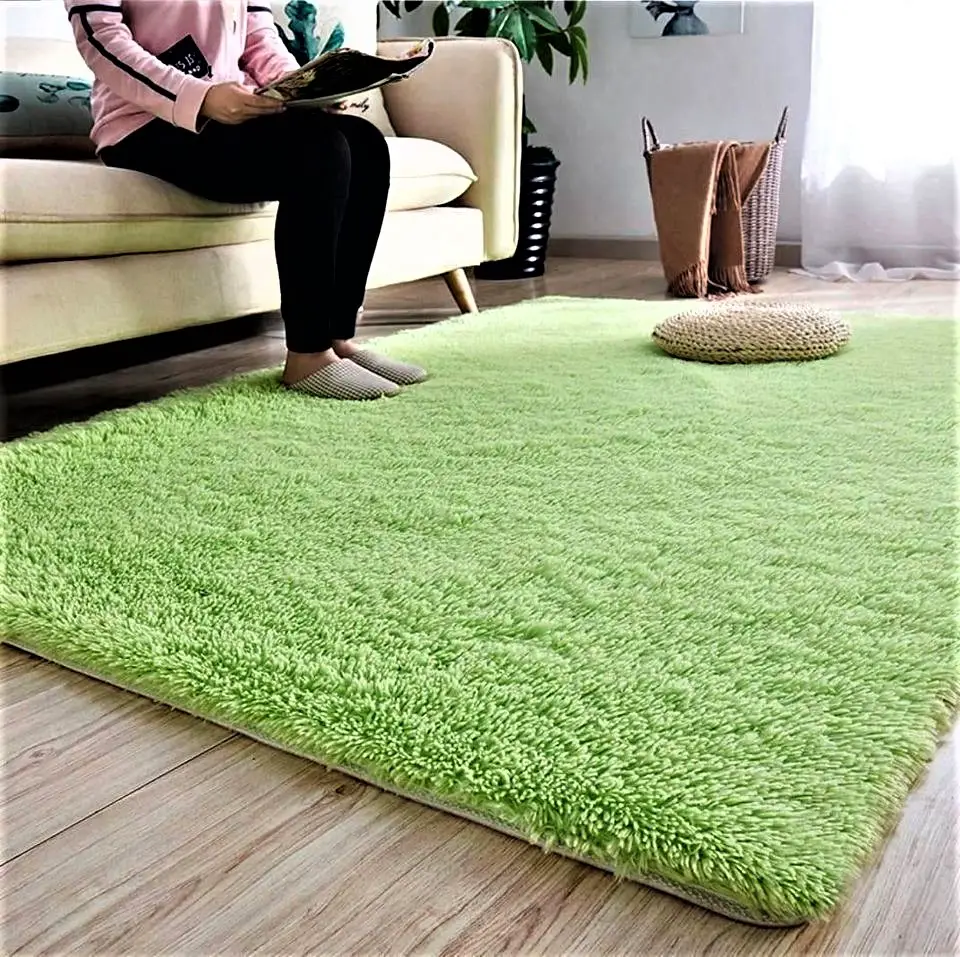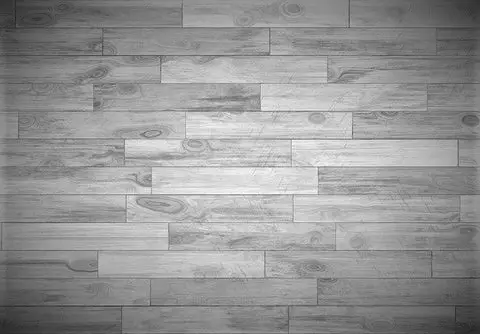Are you tired of feeling chilly in your living room, even when the heating is turned up high? Do you wish you could make your bedroom feel cozier and more comfortable during the colder months? If so, you may be wondering if installing a carpet could be the solution to your problem. But does carpet really make a room warmer?
We’ll delve into the insulating properties of carpets and explore whether or not they can help to keep your rooms feeling toasty and comfortable all year round. Whether you’re considering adding a carpet to your home for the first time, or you’re thinking of replacing an old one, this post will provide you with all the information you need to make an informed decision. So if you’re ready to find out if carpets really do make a room warmer, let’s get started!
Does carpet make a room warmer or colder?
Yes, carpet indeed will make your room feels warmer.It can be a good idea to consider installing carpets in rooms that tend to feel chilly, such as basements or bedrooms.
How Carpet Makes a Room Warmer
Insulating Properties
One of the main ways that carpets can help to make a room warmer is through their insulating properties. Carpets are made of fibers that can trap air, and this trapped air can help to insulate a room and keep it warm. When the heat in a room rises, the air trapped within the fibers of the carpet will become warmer as well. This warm air can then help to keep the room at a comfortable temperature, even when the external temperature drops.
Heat Absorption Properties
In addition to trapping air, carpets can also absorb heat from other sources, such as the sun or a radiator. This absorbed heat can then be released back into the room, helping to keep the temperature at a comfortable level.
The insulating properties of carpets can make a significant difference in the warmth of a room. By trapping and absorbing heat, carpets can help to keep a room warm and comfortable, even in cold weather. It can be a good idea to consider installing carpets in rooms that tend to feel chilly, such as basements or bedrooms.
Factors Influencing Carpet Warmth
Carpet Materials
Some materials are better at insulating and retaining heat than others, and this can make a difference in how warm a carpet feels underfoot.
Natural fibers, such as wool or cotton, tend to be good at insulating and retaining heat. This is because they have a high thermal resistance, which means they can slow down the transfer of heat. As a result, carpets made of natural fibers may feel warmer to the touch and help to keep a room warm.

Synthetic fibers, such as nylon or polypropylene, also have some insulating properties, but they may not be as effective as natural fibers at retaining heat. This is because synthetic fibers tend to have a lower thermal resistance and can allow heat to pass through more easily. However, synthetic fibers can still provide some insulation and may be a good choice for people who want a durable and easy-to-clean carpet.
The material of a carpet is just one factor to consider when trying to determine how warm it will feel in a room. The thickness, color, and type of underlay can also have an impact on warmth. When choosing a carpet, it’s a good idea to consider all of these factors to find the best option for your needs.
Carpet Thickness
Thickness is a key factor in determining how warm a carpet will keep your home. It affects the insulation of the flooring, its ability to retain heat, and other aspects that ultimately affect how comfortable you feel when walking on it. Carpets are available in many thicknesses, ranging from low-pile carpets that offer minimal cushioning to thick high-pile carpets that provide superior comfort and warmth.
The thicker the carpet, the warmer it will be underfoot. Thick carpets have an increased amount of air trapped between each fiber which helps insulate against cold floors which can make your home feel chilly during winter months. Additionally, these types of carpets tend to absorb sound better than thin carpets, which makes them an ideal choice for rooms with hardwood or laminate flooring.
Carpet Color
The color of a carpet can has an impact on how warm it feels in a room. Darker colors, such as deep reds or purples, tend to absorb more heat and can make a room feel warmer. This is because dark colors are better at absorbing light, and therefore more heat, than lighter colors.
On the other hand, lighter colors, such as whites or pale pastels, tend to reflect more light and can make a room feel cooler. This is because lighter colors are more reflective and can bounce light back into the room, rather than absorb it.

It’s worth noting, however, that the impact of color on warmth can be relatively small compared to other factors, such as the thickness and material of the carpet. In general, the insulating properties of a carpet are likely to have a greater impact on warmth than its color.
That being said, if you’re trying to create a warm and cozy atmosphere in a room, a darker-colored carpet may be a good choice. Alternatively, if you’re trying to keep a room feeling light and airy, a lighter-colored carpet may be more suitable. Ultimately, the best color for your carpet will depend on your personal preference and the overall design of your space.
Other Flooring Materials That Make Room Warmer
Hardwood
Hardwood floors can be a good choice for a warm floor, especially when paired with a radiant heating system. Radiant heating systems work by heating the floor from below, which can help to warm the entire room. Hardwood floors are a good conductor of heat, so they can be very effective at transferring the heat from the radiant heating system to the surface of the floor. This can make the floor feel warm to the touch and help to maintain a comfortable temperature in the room.

It’s important to note that the warmth of a hardwood floor can also be affected by the type of wood used. Some types of wood are more insulating than others, so they may retain heat better. Additionally, the thickness and density of the wood can also affect its ability to retain heat.
Laminate flooring
This flooring option is an ideal solution for those who want to keep their home warm, yet stylish and modern at the same time. Laminate flooring has several advantages over other types of flooring such as hardwood or carpet: it is less expensive, easier to install and maintain, and more resilient than traditional materials. Additionally, laminate flooring offers the added benefit of being able to help make your space appear warmer by providing additional insulation.
See Also Is carpet cheaper Laminate?
Laminate flooring can provide a much-needed boost in warmth during winter months by trapping heat within its layers and preventing it from escaping through the gaps in between boards or panels. This type of material also helps reduce noise levels which can further add to the feeling of coziness while you relax at home with family or friends.

Bamboo flooring
This sustainable material is not only environmentally friendly but can also help insulate the room by trapping heat within its surface. Bamboo flooring is not only aesthetically pleasing, but it’s incredibly durable, making it an ideal choice for homes with high-traffic areas such as hallways and living rooms.
Bamboo flooring offers a comfortable warmth that radiates through the entire home and helps reduce energy costs by maintaining a consistent temperature inside the house. Additionally, bamboo floors are easy to clean and maintain; they require minimal waxing or polishing and are naturally resistant to staining or damage from spills. With their natural beauty, bamboo floors can add elegance to any home while providing insulation from cold temperatures outside

Cork Flooring
Cork flooring can be a good choice for making a room warmer because it is a natural insulator. Cork is made from the bark of the cork oak tree, and it has a unique cellular structure that allows it to trap air and provide insulation. The natural insulating properties of cork mean it’s able to keep your toes cozy in the winter months. Cork has tiny pockets of air captured within its cellular structure which acts as an excellent thermal barrier between you and the cold ground below. Not only will it keep your feet warm, but you’ll also be helping to conserve energy by keeping your room warm without having to blast the heat all day long!
Read also: Is Carpet bad for Your health?

Conclusion
In conclusion, carpet can definitely make a room feel warmer. The combination of the insulation and the psychological effect of being surrounded by a cozy, homey environment makes it an ideal choice for those looking to maintain a comfortable temperature in their homes. Whether you’re looking to reduce energy costs or just create a more inviting atmosphere, carpet is definitely worth considering as a flooring option. So what are you waiting for?


